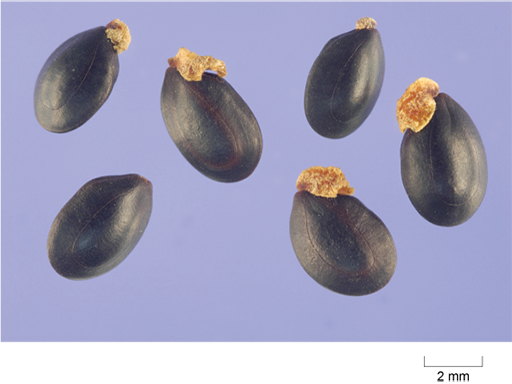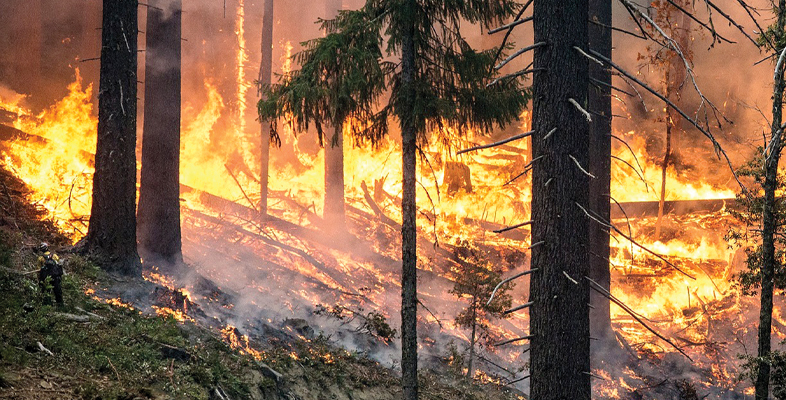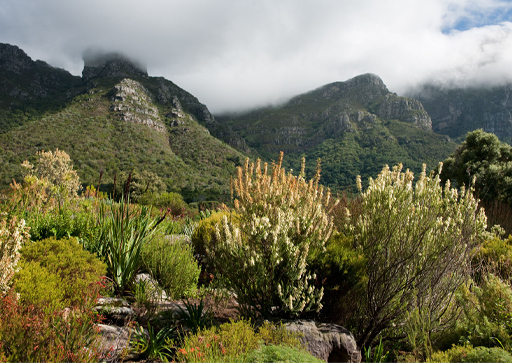2.4 Fire-stimulated seed germination from seed banks
Many plants shed seeds as normal but these do not germinate immediately. They are incorporated into the litter and humus to form a soil seed bank. Some seeds remain in the soil only during the inhospitable time of the year but others can be stored for a few years or even decades. Storage of seeds in the soil is a useful strategy in areas where the interval between fires is longer than the lifespan of the plant. Fire stimulates seeds in seed banks to germinate, the trigger being direct stimulation by heat. This is most common in plants with seeds that have thick, hard seed coats that prevent germination by keeping oxygen and water away from the seed inside (Figure 12). The heat from the fire results in rapid expansion of the seed coat causing it to crack, allowing water and oxygen in and triggering germination.

Often seeds of the same species show variation in the amount of heat they need to trigger germination. This ensures that some seeds (with a low heat threshold) will germinate between fires but if these fail to mature, there is still a seed bank available. The chemical products of fire are also implicated in triggering germination, the most common being smoke. In almost 50% of 301 South African Fynbos species (Figure 13) tested, seed germination was improved after exposure to smoke (Brown et al., 2003).

